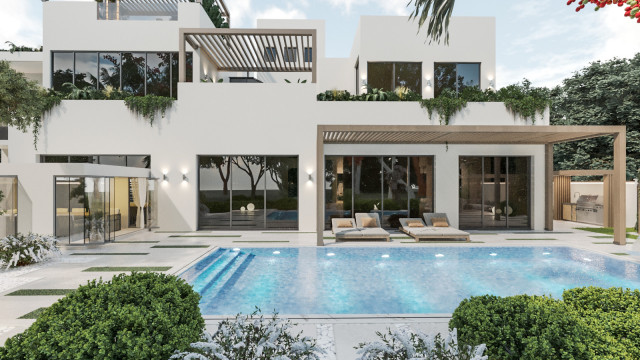INTERIOR DESIGN FOR NEW HOMEOWNERS
While designing a living area, consider what you really need and what you can live without. A TV unit, plenty of seating, side and/or coffee tables, and storage for games, toys, and books are all necessities. If this is beginning to fill the area to capacity, what may relocate? If you are absolutely confused about where to start with your living room layout, use a tape measure to determine the size of the area. From there, you may create a basic plan and sketch up a few different furniture configurations for the area.
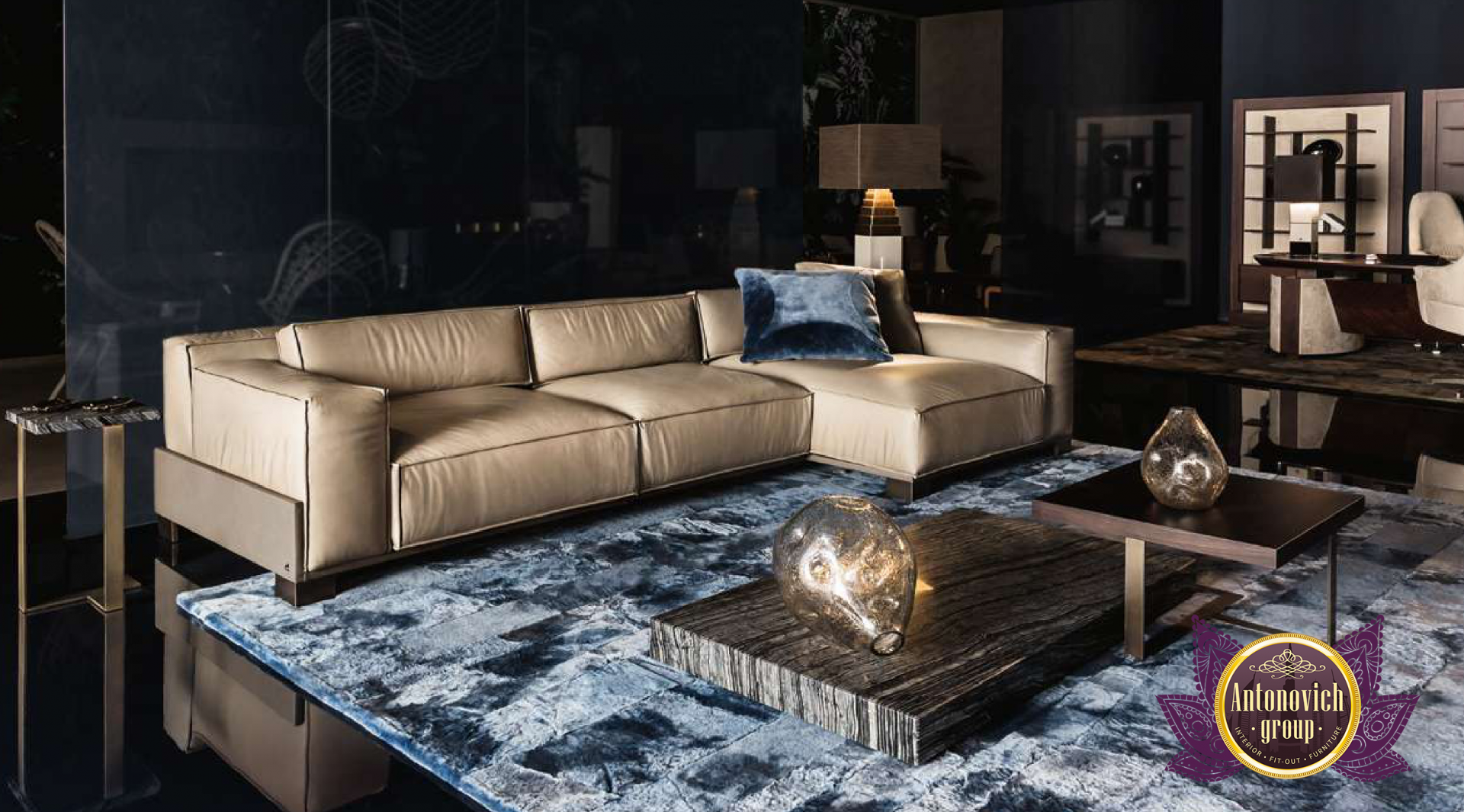
When you've placed your living room furniture in its proper location, you can move on to the enjoyable task of choosing your living room's design. If you don't have kids, you'll spend a lot of time there in the evenings; if you do, you'll start in the afternoon. Because of this, even if your living room's design will mostly be influenced by the age of your home, its inherent architectural feature, the style of the other rooms in your house, or the furniture in your living room, it must also match your lifestyle. Choosing an intricate living room with plenty of antiques would thus probably not be a smart idea in a home with many kids; instead, you could pick a contemporary living room design.
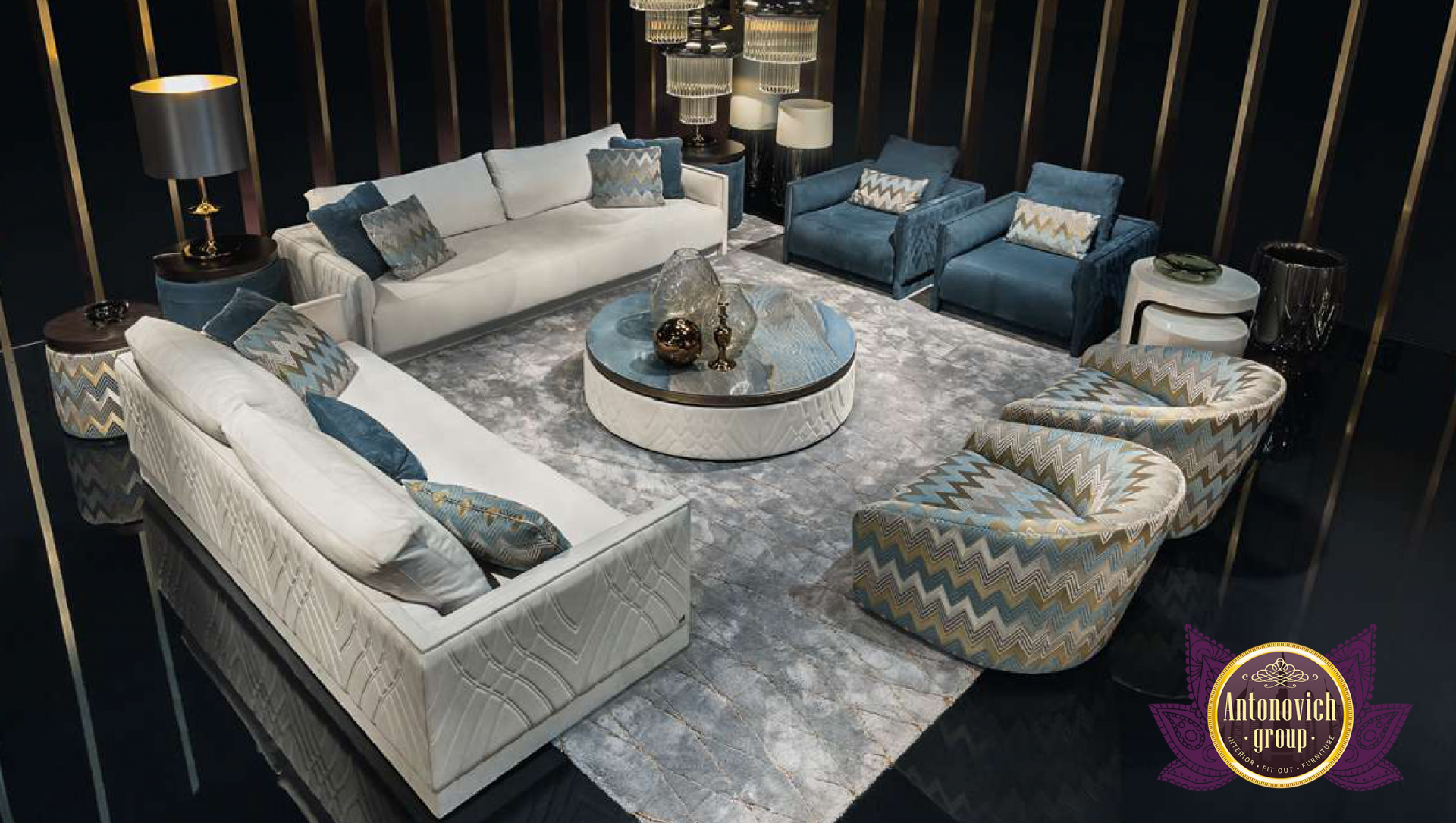
You'll immediately notice patterns arising that will provide a strong basis for the design of your space if you make a note of the living room ideas you like (paste the photographs to a Pinterest board). What are some things you should avoid? A design that is clearly out of place in a house built in the 1970s or before. On the other hand, 1930s design works best in properties built after that time.
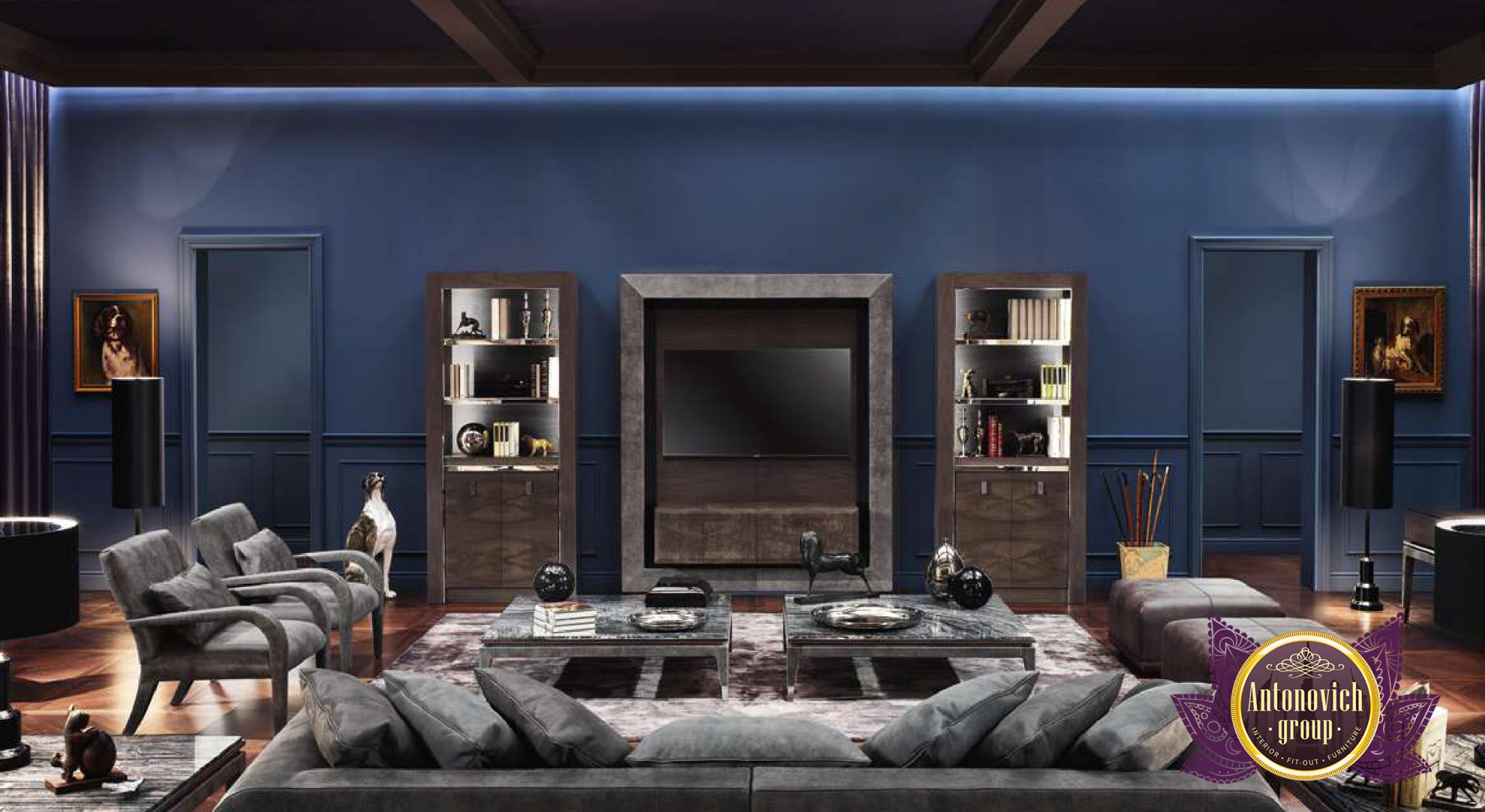
Even while you might be tempted to stick with just one style, don't be afraid to mix and match them. The environment will be less formal and more relaxed as a consequence, and because here is where you relax at night, it must represent your personal taste. After you've decided on your aesthetic, it's time to pick paint colors for your living room. Think about the room's size and ceiling height while making this decision. Although it may seem basic interior design 101, using lighter colors in a small living space can give the impression that it is bigger and brighter. Alternately, darker colors could seem cozier and more intimate in your living room if you spend most of your time there at night.

You may employ color more daringly in a living room that is larger than typical. A dramatic feature wall, a darker color palette, or creative use of bold paint colors are all options. Keep in mind that the colors you select should be influenced by how much natural light your living space receives. Any living room with a north or east-facing window will seem more welcoming if it is decorated in warmer tones of all colors, from white to blue to grey. On the other hand, rooms that face south or west could get a lot of sunlight, so you might want to choose cooler colors to keep them feeling calm.
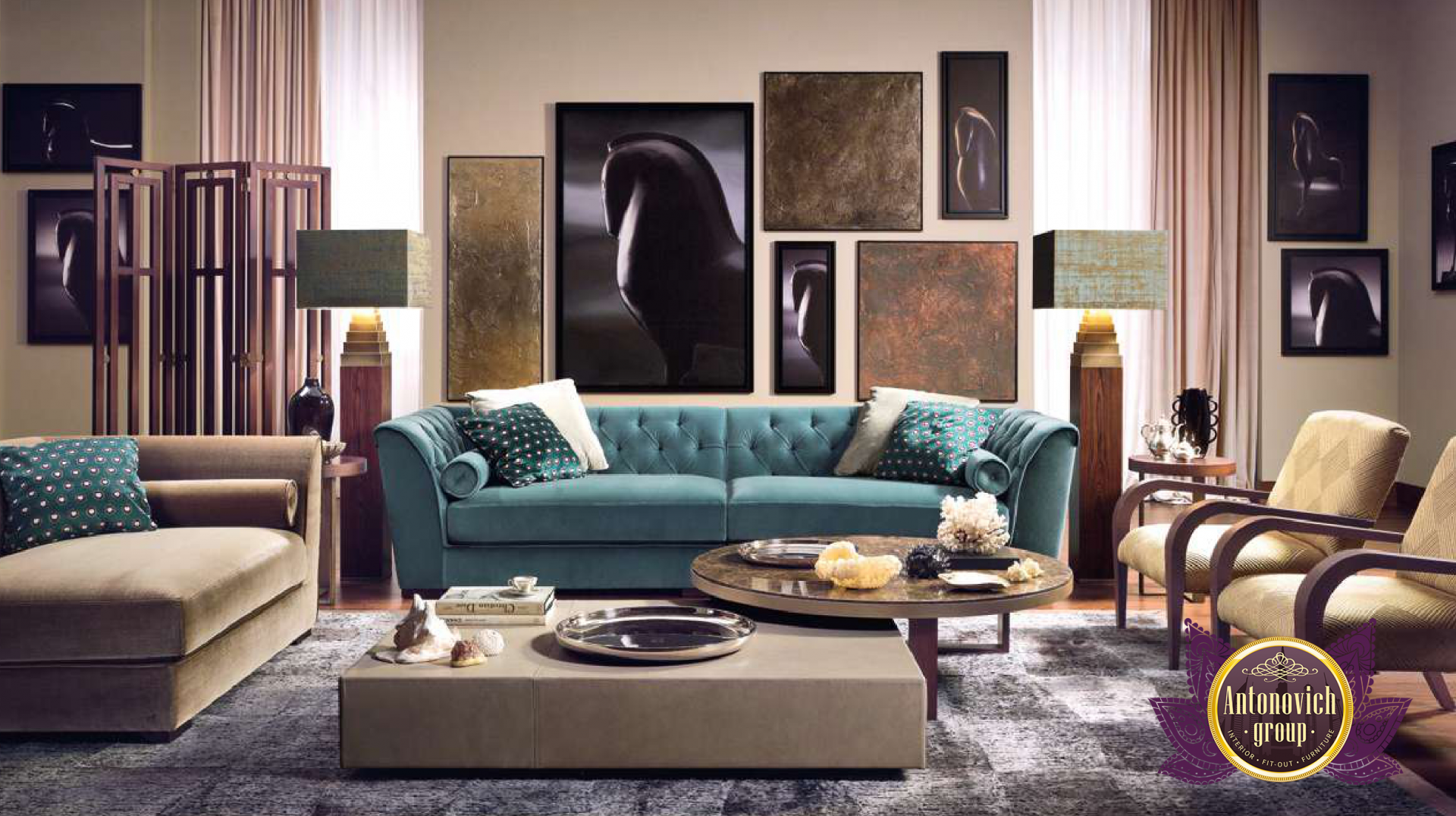
Choose one primary accent color and one or two other accent tones to use sparingly after deciding on the room's primary color. This gives you the opportunity to, among other things, connect two ends of a long or open-plan space, add warmth to a neutral design, tone down a bright one, etc.











